Cemeteries fascinate me for a variety of reasons. Unlike mainstream Hinduism, where bodies are cremated and nothing remains neither in public nor in private, other than perhaps some old yellowing sepia photographs hung on the walls, Christianity offers you some form of after life presence in the form of graves. It is a very quiet place. When I walk around in cemeteries, I can almost feel the regrets, the tears, the resigned acceptance of the dead and those who were left behind. To me, it is a very charged place indeed. Then you extend the time horizon and see the graves which are more than 100 years old. These are not the Pyramids or the grand Mausoleums of Gandhi, Napoleon or Westminster Abbey where the rich and famous are buried and where people come to admire and look at the graves. The people buried here are ordinary people,and once their immediate descendants are dead and buried as well, their memory on earth disappears.
They did their bit for society, they produced children, produced goods, fought for God, King and Country, and it is a bit of a shame that they are not recognised and nobody whispers a prayer for them long after they have gone. As usual, I took far too many pictures than I can show here in this essay, they are all shown here in this slide show with bigger resolutions (warning, 77 total pics, get a cuppa tea while seeing this).
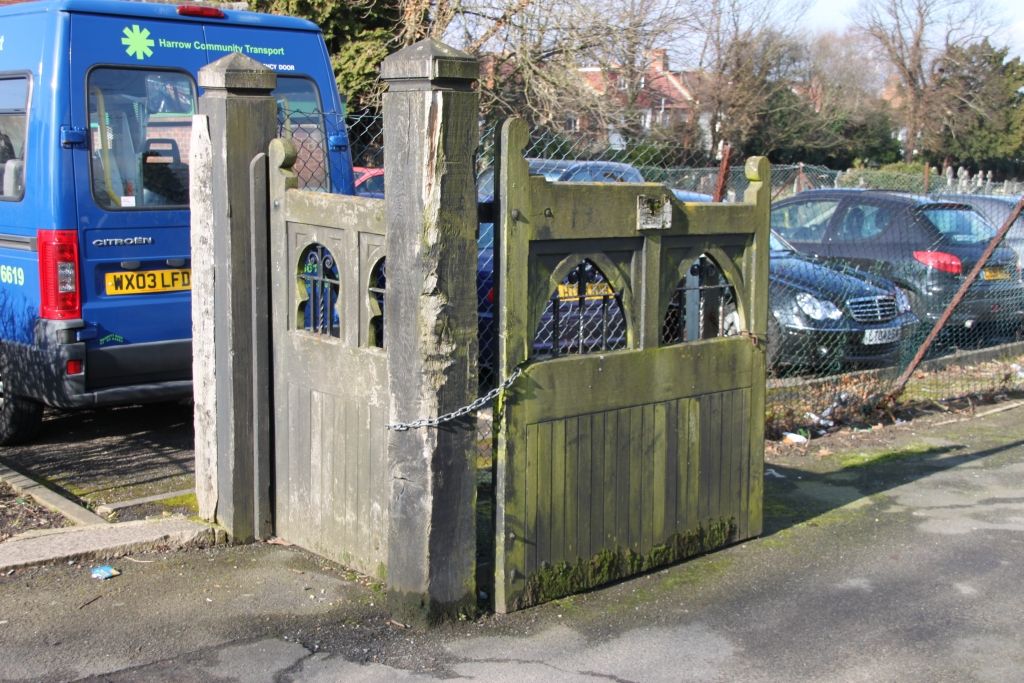

You enter the cemetery through a set of old carved wooden doors, sadly not maintained these days. They are chained open, which is a shame, they would have looked lovely. Then you see a red brick building which presumably is the place you would rest the coffin and where last respects are paid.



These are the newer graves to the right as you enter the cemetary. The top photo shows a grave with tender plaques commemorating a mother. Then you have Christopher Bell, 1937-2008, who was a husband, dad, granddad and great granddad. Now there is somebody who left behind a lot of descendants. I also noticed several Indian sounding names like Anita Tulsidai Gulpe, Dr. T Prakash, etc.. Not surprising, Harrow has one of the highest Indian origin Brits in the UK and presumably there would be Christians amongst them.

A very old stone grave market, all the inscriptions had worn away.
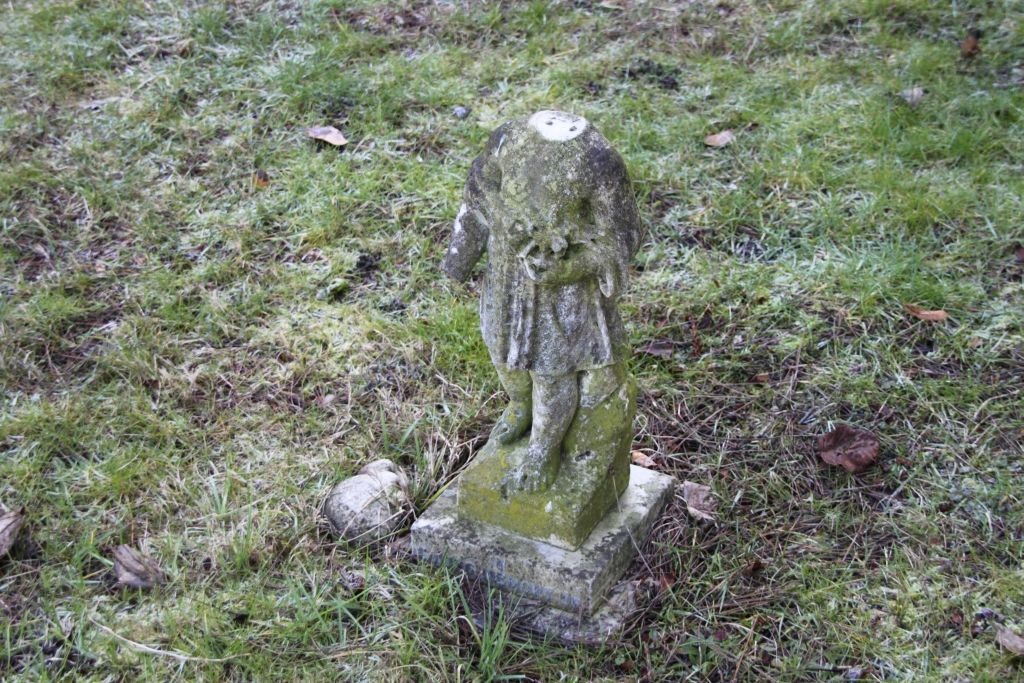
This was sad, it is a grave presumably of a small child and the parents had put up this stone statue on top of it. A very old grave, but some vandals knocked off the statue's head. You can see it lying to the left of the statue at the base. Very pitiful indeed. Sadly, this vandalism is visible across the cemetery.

Dust to Dust, and then ivy takes over.

Another decapitated statue on a grave. The boy, Peter, died on October 5th 1936, just before World War II broke out, but you still see flowers on the grave. Despite the injury to the statue, somebody still remembers Peter.

This grave had lost most of its inscriptions, but nature remembered its occupant. See the daffodils pushing their way up from the grave? Perhaps you cannot find a better remembrance of somebody’s passing.
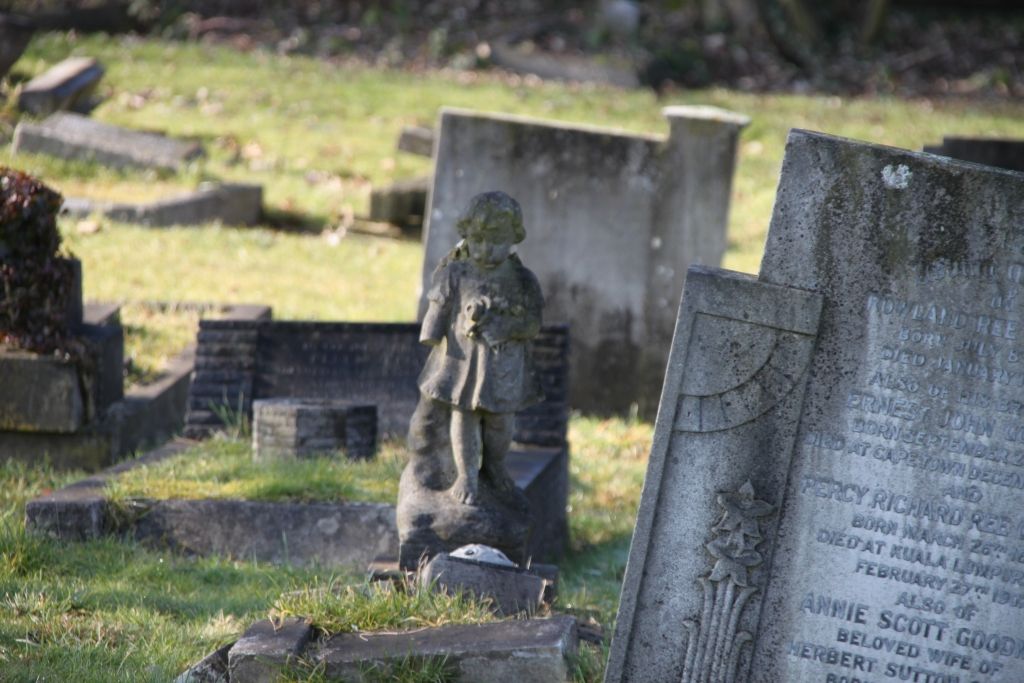
Another old grave with an intact statue this time, of a little boy, under the shade of a tree. Sad but peaceful.

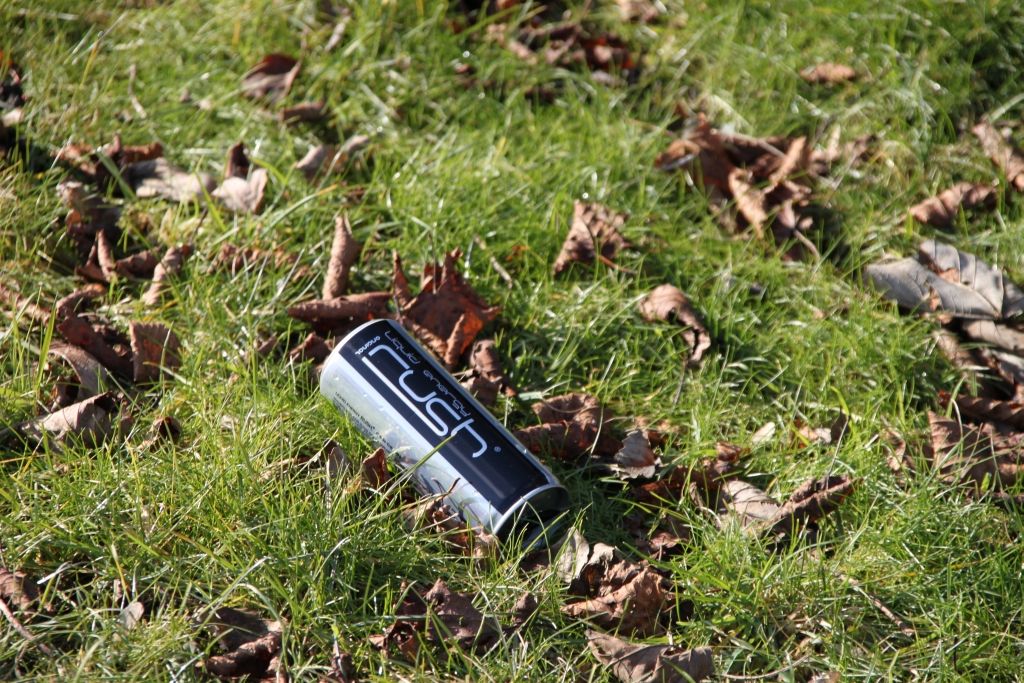
Then typically, you have dogs befouling the cemetery, I saw at least 5 dogs in the cemetery being led around, presumably to take a dump. Clean it up, you lazy gits! And on the right, I guess somebody negligently threw a can into the grass.
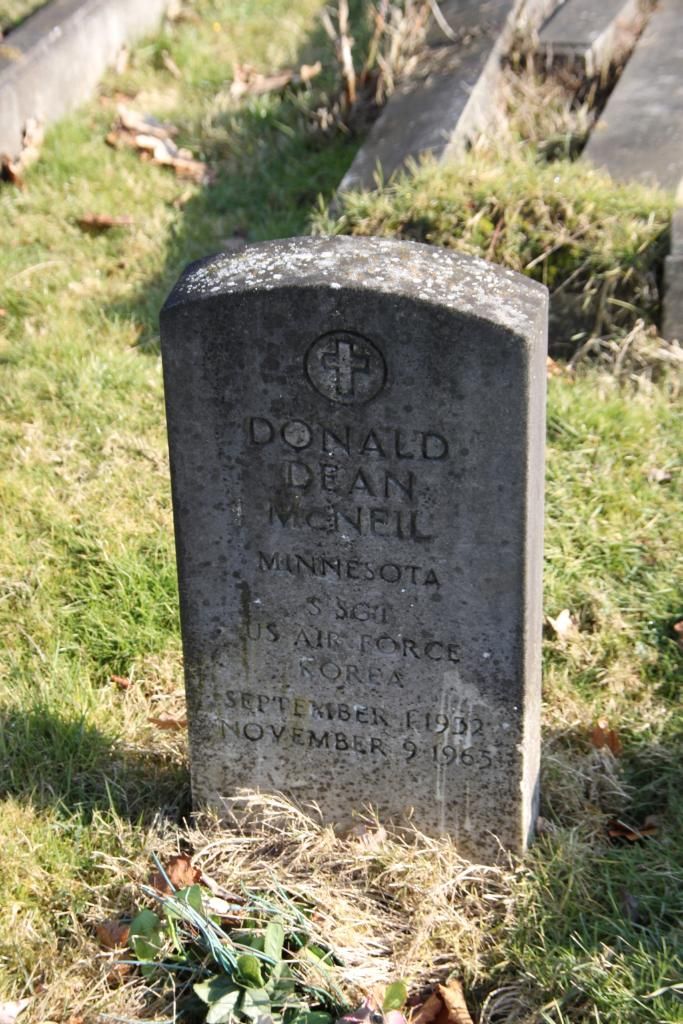


One out of 10 graves was a war grave belonging to a person from the armed forces from all over the world, I saw graves which belonged to Americans, Canadians, etc., of all ages and from all parts of the army, navy, air force, marines and of all ranks. But the bottom photograph really talked to me. Nothing significant in the person himself, just a private, from a local regiment, who died on 10th of March, 1918 in the World War 1, aged 21. One of the sheer numbers of men who died on the muddy fields of Europe in that war. What was really touching was what was written at the bottom, “Our Only Son”. Made me try to swallow a lump in my throat. No man should ever have to see his only son die. I can just imagine the couple, standing silently in front of the grave, seeing their entire future being buried with their boy. And they might have lived for decades after, slowly and pensively wondering about what would or could have been. The three words are very simple, yet very touching.

Here was another touching grave. Patricia died first in 1968, and then Walter died in 1997. As the two words say at the bottom, "Together Again", even after all those years.

This grave is a bit sad, Celia Constance Smith died in 1941. The other side of the stone book was obviously left empty for her husband or whoever else, but for some unknown reason, it remains empty. Wonder what could have been the reason?
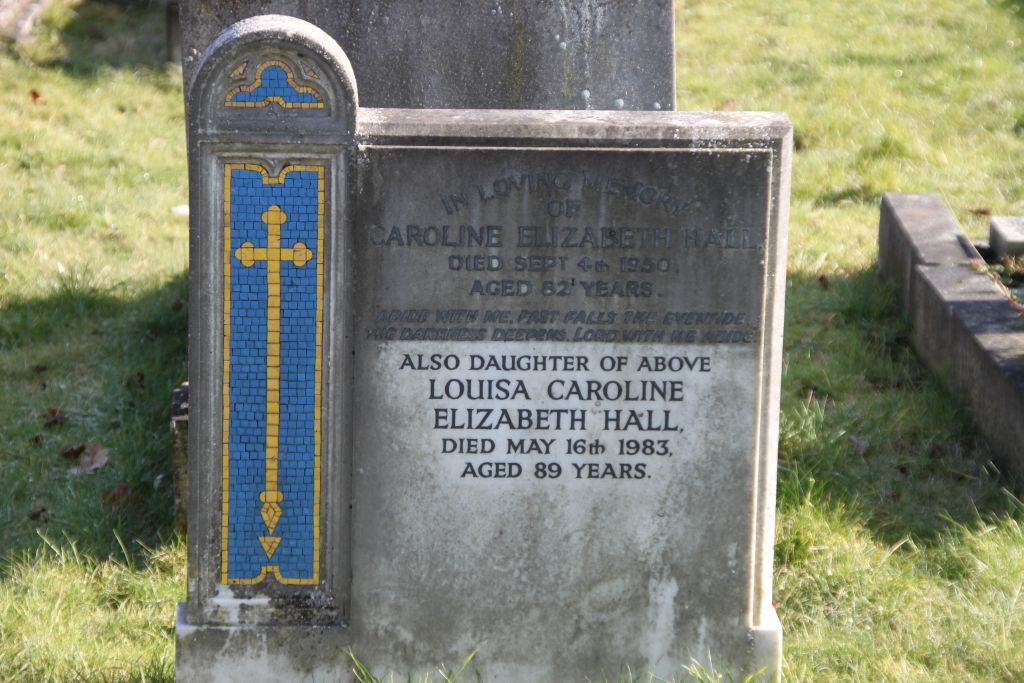
The colour difference on the marble shows how later additions to the grave happened.

I could hear shouting and screaming, so I ,peeked over the fence to see a whole bunch of footballers in brightly coloured vests and clothes. Celebrating life while just over the fence is quiet death.

This was a very nice grave, if I ever had to be buried (not that I want to be …), this kind of understated, simple grave is what I would like. Then again, I will be dead, so who cares?

Two graves, quietly mouldering away on the side.


This was an extraordinary sight. I saw a sundial! and the time was right and it was sunny. It's a sign. I couldn't comprehend why one would want to have a sundial on their grave, but be that as it may, it was quite an interesting talking point. Presumably they could have used it as a signpost? Or was the person buried there a time keeper or a watch maker? I don't know, but found it to be quite extraordinary.
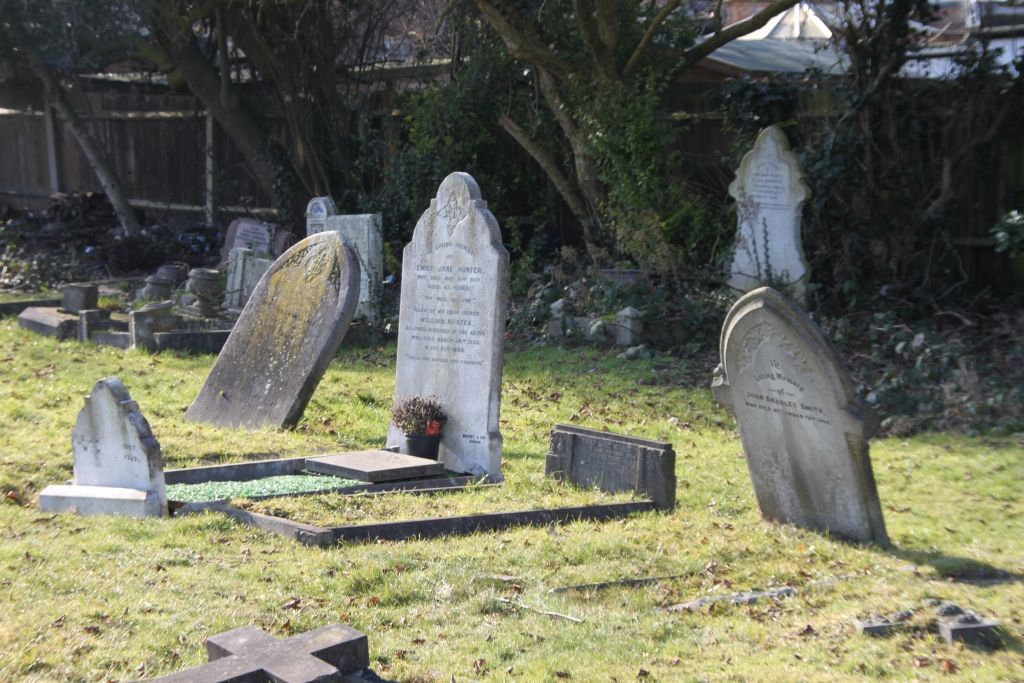
Towards the edges of the cemetery, the graves are much less tended and the gravestones are all over the place.
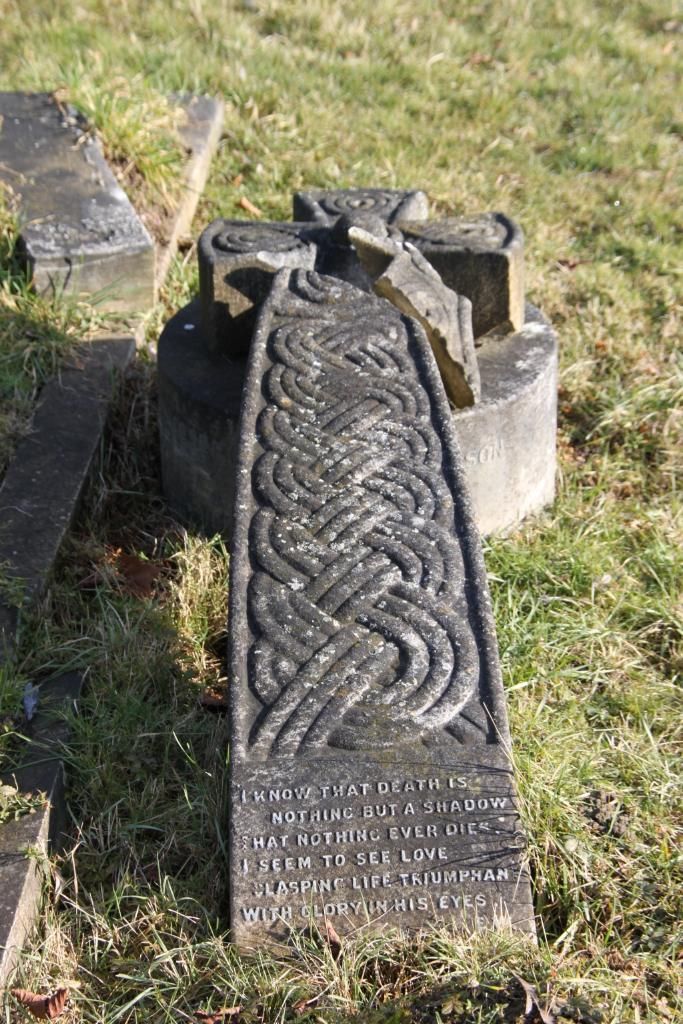

Many gravestones had Celtic patterns on their stones and Celtic crosses.


Two angels praying over the dead.

Another extraordinary sight. This is a stone pillar with carved ivy leaves or a vine entwining over it, and guess what? There is a real ivy vine growing on it. Spooky or what?

A temporary gravestone while the original has gone for restoration. How curious.
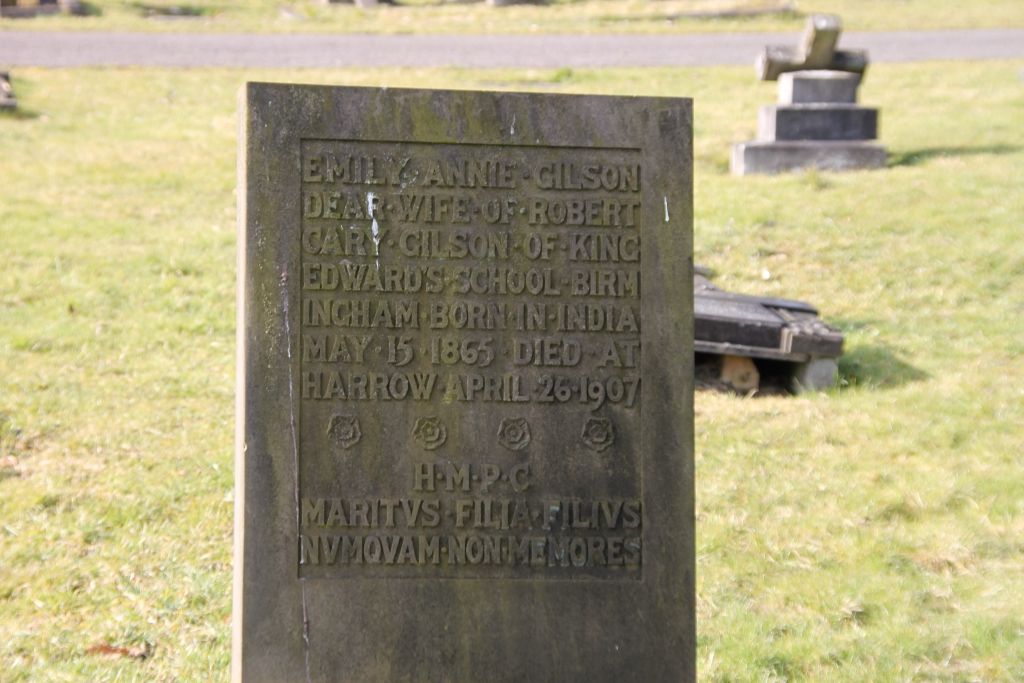
Somebody who was born in India in 1865 and died here in Harrow on 1907. Now there’s an interesting coincidence.

Another broken down grave, but with somebody still remembering them with a bunch of flowers at the base.
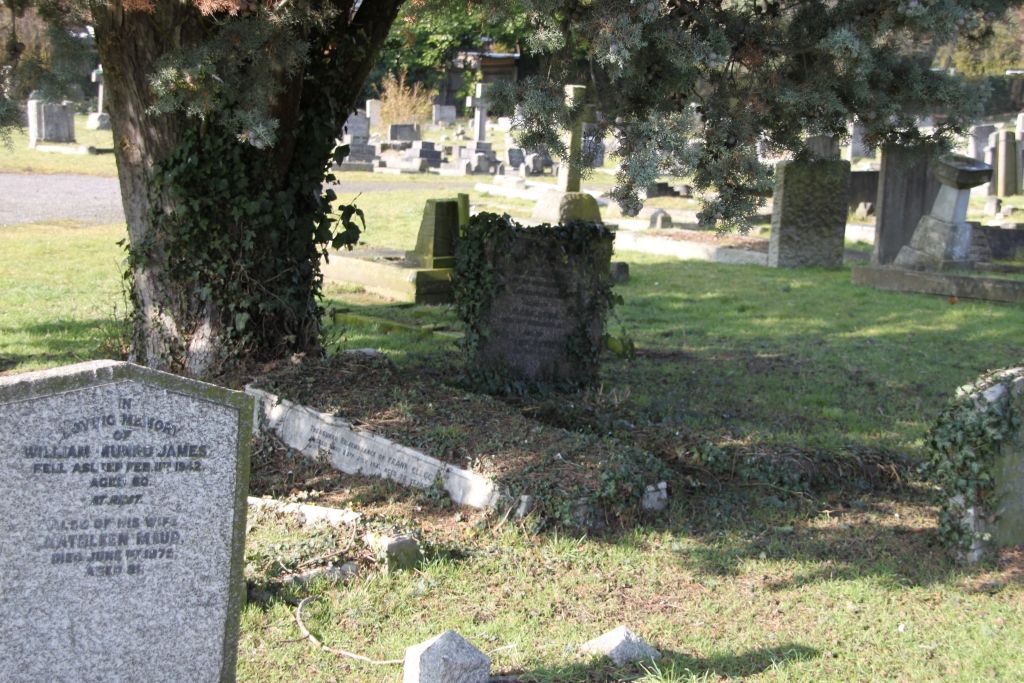
A shady grave under a tree.
The small resolutions of the photographs here really do not do justice to the sights, so if you can, do take a look at the full slideshow.

No comments:
Post a Comment